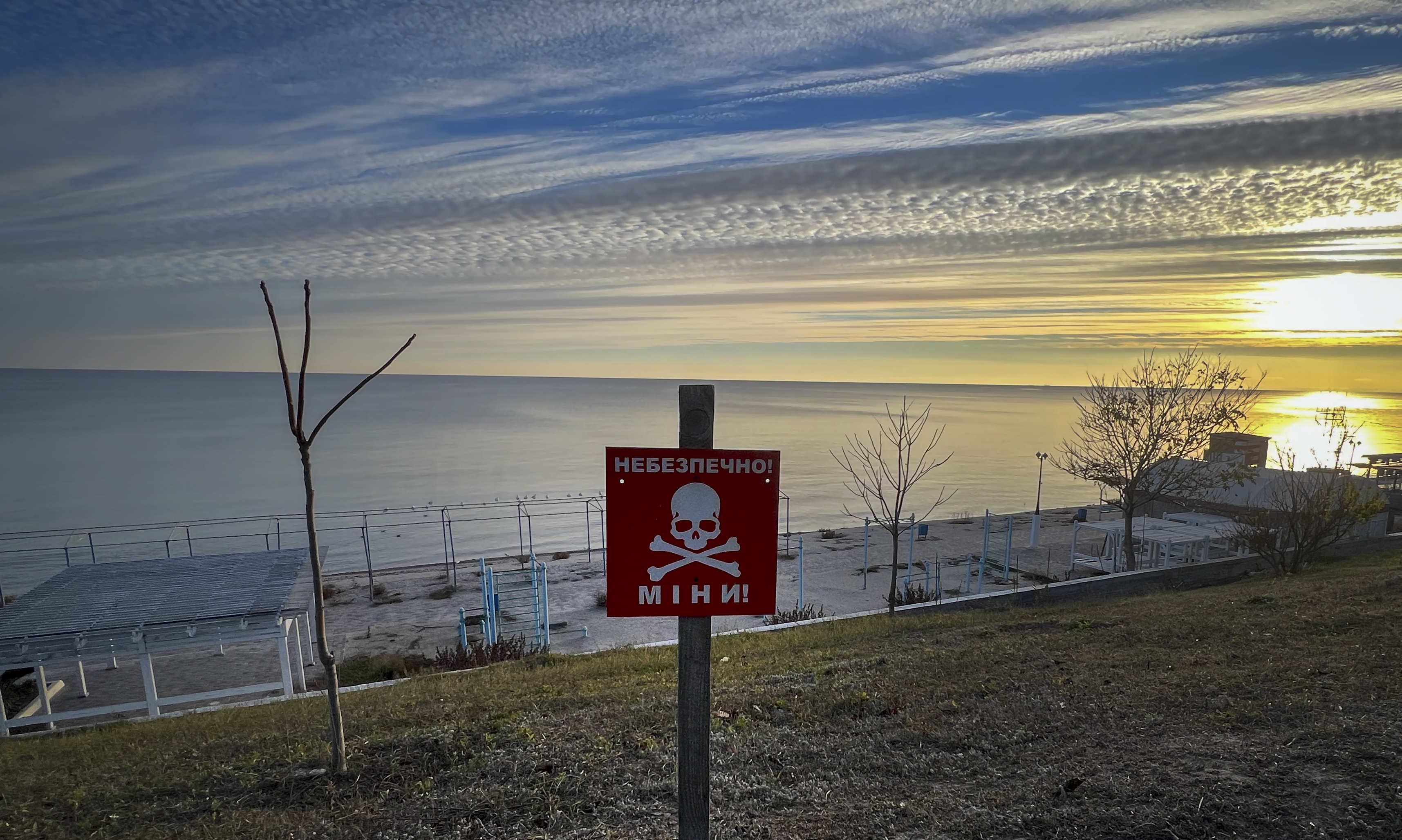Nearly a Quarter of Ukraine’s Land Contaminated by Explosive Hazards

More than 136,000 square kilometers of Ukrainian land, including water areas, remain contaminated with explosive objects.
The Gaze reports on it, referring to the State Emergency Service of Ukraine.
According to the State Emergency Service of Ukraine (SES), the total area contaminated with explosive objects is about 23% of the country, out of which only about 30,000 square kilometers are currently accessible for demining. The worst situation is currently in the Kharkiv region, northeastern Ukraine.
These statistics include both occupied and de-occupied territories, as well as the line of contact and demarcation.
Since the start of Russia's full-scale invasion, there have been over 950 incidents involving explosive devices, resulting in 1,363 casualties, including 380 deaths, among them 21 children, and 983 injuries, among them 117 children.
The highest number of cases was recorded in the Kharkiv region: 427 incidents, 98 killed (4 children) and 329 wounded (32 children). Next in the statistics are the Sumy, Kherson, Mykolaiv, and Donetsk regions.
Cassette elements found near the wreckage of Russian Shaheds pose a particular danger. They can detonate unpredictably and with a delay, which makes them especially dangerous. The State Emergency Service urges citizens not to approach such objects closer than 100 meters.
A growing threat from unexploded ordnance across Ukraine has prompted authorities to take coordinated action. Therefore, Ukraine plans to strengthen its mine action efforts by designating the Ukrainian Training and Testing Complex (UTTC) as a central platform for interagency coordination. The UTTC is to serve as a hub for training, testing new demining technologies, and implementing innovative solutions, including virtual reality for risk awareness and underwater demining.
In addition, Ukraine receives ongoing support from partner countries and international organizations in the field of demining. It is expected that in 2026, Ukraine will get more than €165 million from the Demining Coalition to strengthen its capabilities in combat and humanitarian demining and equipment modernization.
As part of this assistance, it is planned to purchase modern technologies, such as mechanized demining machines, mine sweepers, remote systems, pickups, metal detectors, night vision devices, protective suits for sappers, and anti-drone equipment, as well as to conduct specialized training in accordance with NATO and IMAS standards.
As The Gaze reported earlier, at the UMAC 2025 conference in Japan, partner countries announced more than $80 million for humanitarian demining in Ukraine and signed a series of memoranda on international cooperation in this area. The agreed documents cover demining coordination, strategic partnership, training of Ukrainian deminers, and exchange of practical experience.